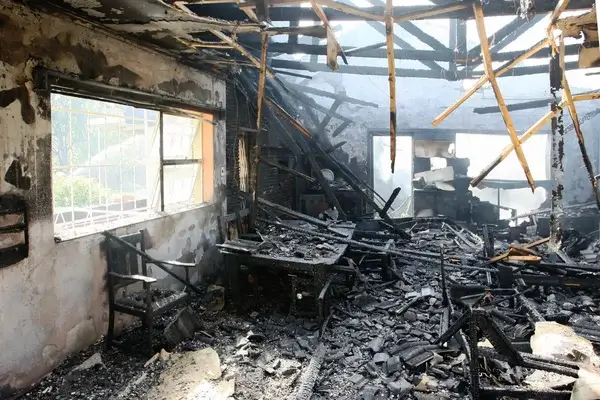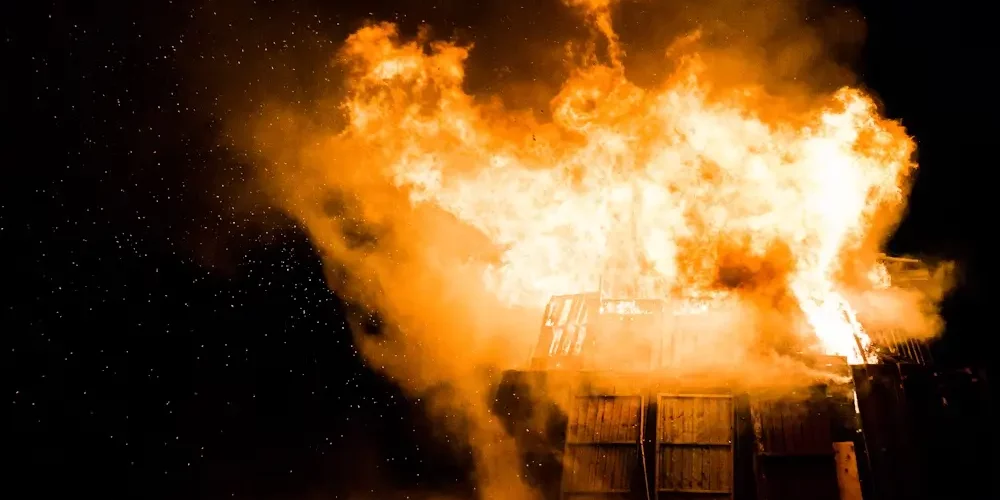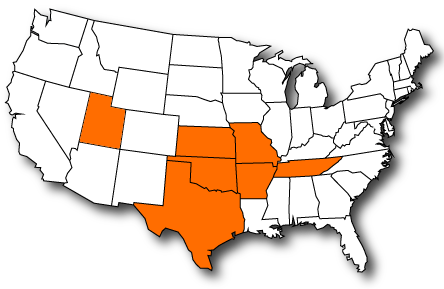Home insurance is a crucial aspect of financial planning for homeowners, providing peace of mind and financial protection against various risks. Among the many hazards that home insurance covers, fire is one of the most devastating. This blog explores whether home insurance covers fire in Arkansas. Detailing what homeowners need to know to ensure they are adequately protected.
Understanding Home Insurance Policies
Home insurance, also known as homeowners insurance, typically covers the structure of the home, personal belongings, liability protection, and additional living expenses. These policies are designed to protect homeowners from financial loss due to various perils, including fire, theft, vandalism, and certain natural disasters.

Components of Home Insurance
- Dwelling Coverage: This covers the physical structure of the house, including the walls, roof, and foundation. In the event of a fire, dwelling coverage pays for repairs or rebuilding.
- Personal Property Coverage: This protects the homeowner’s personal belongings, such as furniture, electronics, and clothing, if they are damaged or destroyed by fire.
- Liability Protection: This covers legal expenses if someone is injured on the homeowner’s property and decides to sue.
- Additional Living Expenses (ALE): If a fire makes the home uninhabitable, ALE covers the cost of temporary housing and other expenses.
Home Insurance Coverage for Fire Coverage in Arkansas
Standard Fire Coverage
In most standard home insurance policies, fire is a covered peril. This means that if a fire damages or destroys a home, the insurance company will pay for the repair or replacement costs up to the policy limits. This coverage typically includes fires caused by electrical faults, kitchen accidents, wildfires, and other accidental causes.
Comprehensive vs. Named Perils Policies
Home insurance policies can be categorized into two main types: comprehensive (or all-risk) and named perils.
- Comprehensive Policies: These policies cover all perils except those specifically excluded. Fire is generally included unless explicitly stated otherwise.
- Named Perils Policies: These policies cover only the perils listed in the policy. Fire is usually one of the named perils in these types of policies.
Fire Risk in Arkansas
Climate and Geography
Arkansas, with its diverse climate and geography, faces various natural hazards, including fires. The state experiences hot, dry summers, particularly in the central and southern regions, which can increase the risk of wildfires. Additionally, Arkansas has many rural areas where controlled burns can sometimes lead to accidental fires.
Historical Fire Incidents
Historically, Arkansas has experienced several notable fire incidents that have highlighted the importance of adequate fire insurance coverage. These incidents have ranged from wildfires affecting large swathes of forested land to residential fires in urban and suburban areas.
Evaluating Your Fire Insurance Coverage
Policy Limits
When assessing fire insurance coverage, homeowners should carefully review the policy limits. The policy limit is the maximum amount the insurance company will pay for a covered loss. Ensuring that these limits are high enough to cover the cost of rebuilding the home and replacing personal belongings is crucial.
Replacement Cost vs. Actual Cash Value
Homeowners should also understand the difference between replacement cost and actual cash value:
- Replacement Cost: This type of coverage pays for the cost of rebuilding or repairing the home and replacing personal belongings without deducting for depreciation.
- Actual Cash Value: This coverage takes depreciation into account, meaning the payout will be less for older items.
Endorsements and Riders
To enhance fire coverage, homeowners might consider purchasing additional endorsements or riders. These can provide extra protection for high-value items like jewelry, art, and collectibles, which standard policies might not fully cover.
Steps to Take After a Fire
Immediate Actions
In the unfortunate event of a fire, homeowners should take the following steps immediately:
- Ensure Safety: Evacuate the premises and call 911.
- Contact the Insurance Company: Report the fire to the insurance company as soon as possible to initiate the claims process.
- Document the Damage: Take photos and videos of the damage for documentation purposes.
- Secure the Property: If it is safe, take steps to prevent further damage, such as boarding up windows or placing a tarp over a damaged roof.
The Claims Process
The home insurance claims process generally involves the following steps:
- Claim Reporting: Notify the insurance company about the fire.
- Assessment: An insurance adjuster will assess the damage to determine the payout.
- Documentation: Provide the necessary documentation, including photos, videos, and a list of damaged items.
- Settlement: The insurance company will offer a settlement based on the policy terms and the adjuster’s assessment.
- Restoration: Use the insurance payout to repair or rebuild the home and replace personal belongings.
Preventive Measures and Discounts
Fire Safety Measures
Implementing fire safety measures can not only protect the home but also potentially reduce insurance premiums. These measures include:
- Smoke Detectors: Install smoke detectors in key areas of the home and ensure they are functioning properly.
- Fire Extinguishers: Keep fire extinguishers in accessible locations, particularly in the kitchen and garage.
- Fire-resistant Materials: Use fire-resistant roofing and siding materials.
- Clear Vegetation: Maintain a defensible space around the home by clearing away dry vegetation and debris.
Insurance Discounts
Many insurance companies offer discounts for homes with enhanced fire safety features. Homeowners should inquire about potential discounts for:
- Smoke Detectors and Sprinkler Systems
- Fire-resistant Building Materials
- Security Systems
Legal and Regulatory Considerations
Arkansas Insurance Regulations
The Arkansas Insurance Department regulates home insurance policies in Arkansas. The department ensures that insurance companies adhere to state laws and regulations, protecting consumers from unfair practices. Homeowners should know their rights and the state-specific regulations that might affect their insurance coverage.
Consumer Protection
Arkansas provides various resources for consumer protection, including the ability to file complaints against insurance companies and access to information about insurance policies and coverage options. The Arkansas Insurance Department’s website is a valuable resource for homeowners seeking information or assistance.
Conclusion
Fire coverage is a critical component of home insurance in Arkansas. Given the potential for fire-related incidents, homeowners must ensure adequate coverage to protect their homes and personal belongings.
By understanding their policy details, evaluating coverage limits, and implementing preventive measures, homeowners can safeguard their financial well-being against the devastating effects of fire. Regularly reviewing and updating the insurance policy is essential to maintaining appropriate coverage, and providing peace of mind in the face of potential fire risks.
Contact G&G Independent Insurance today for a personalized quote and comprehensive coverage options tailored to your needs.


